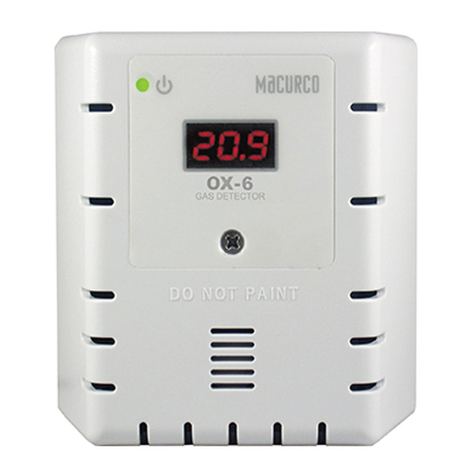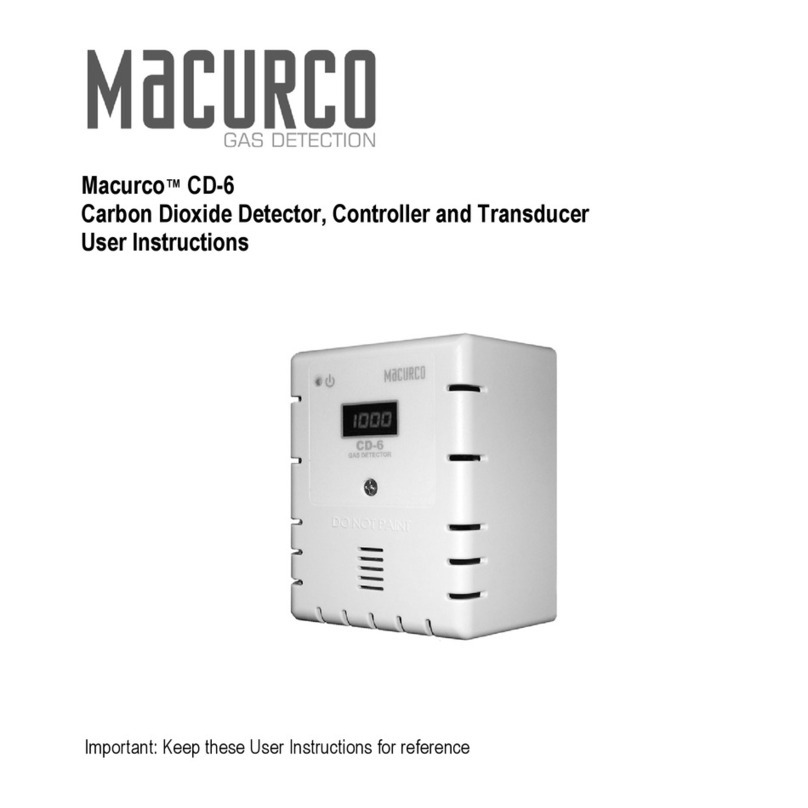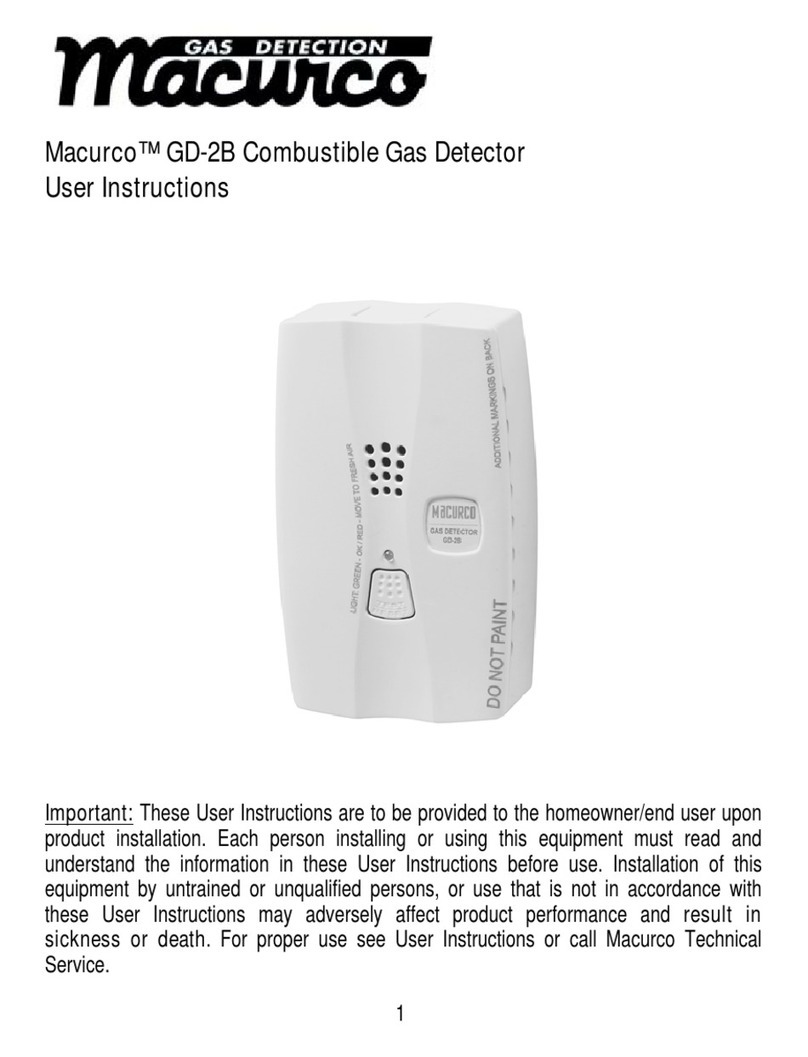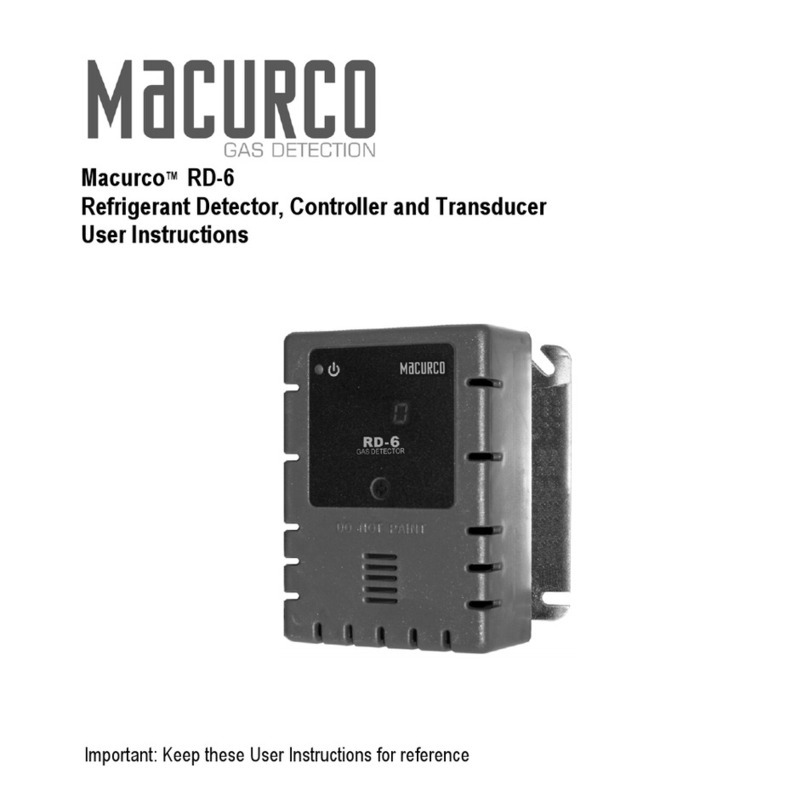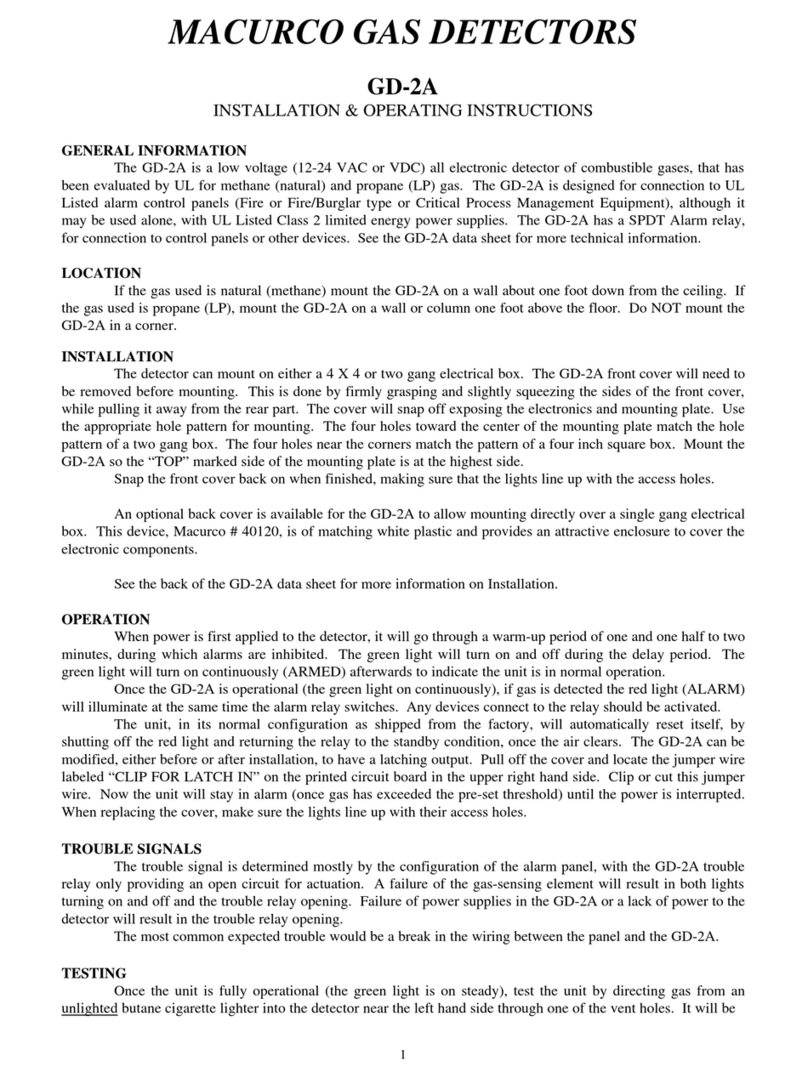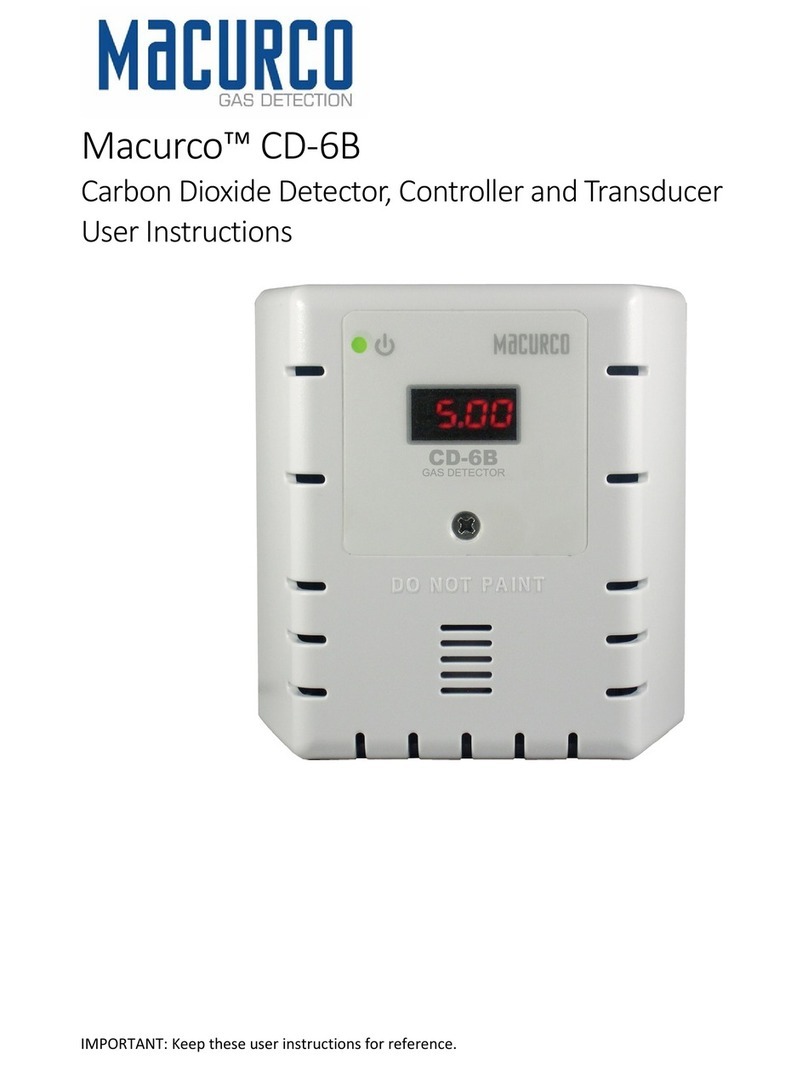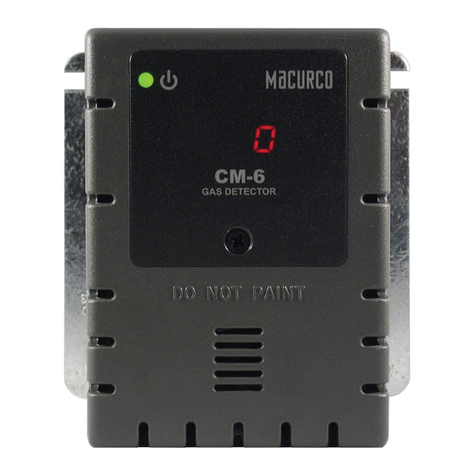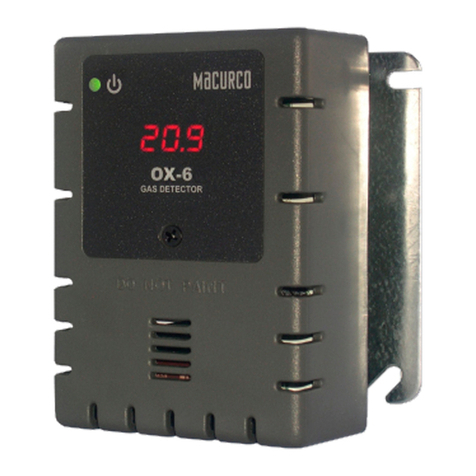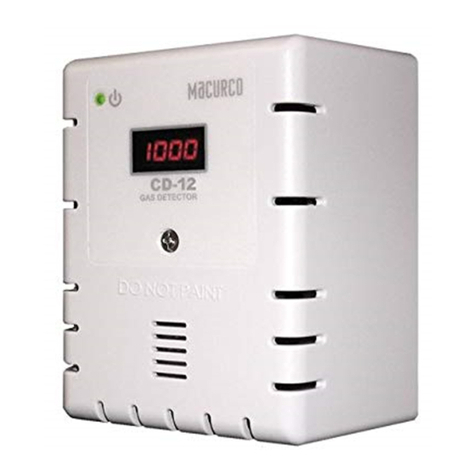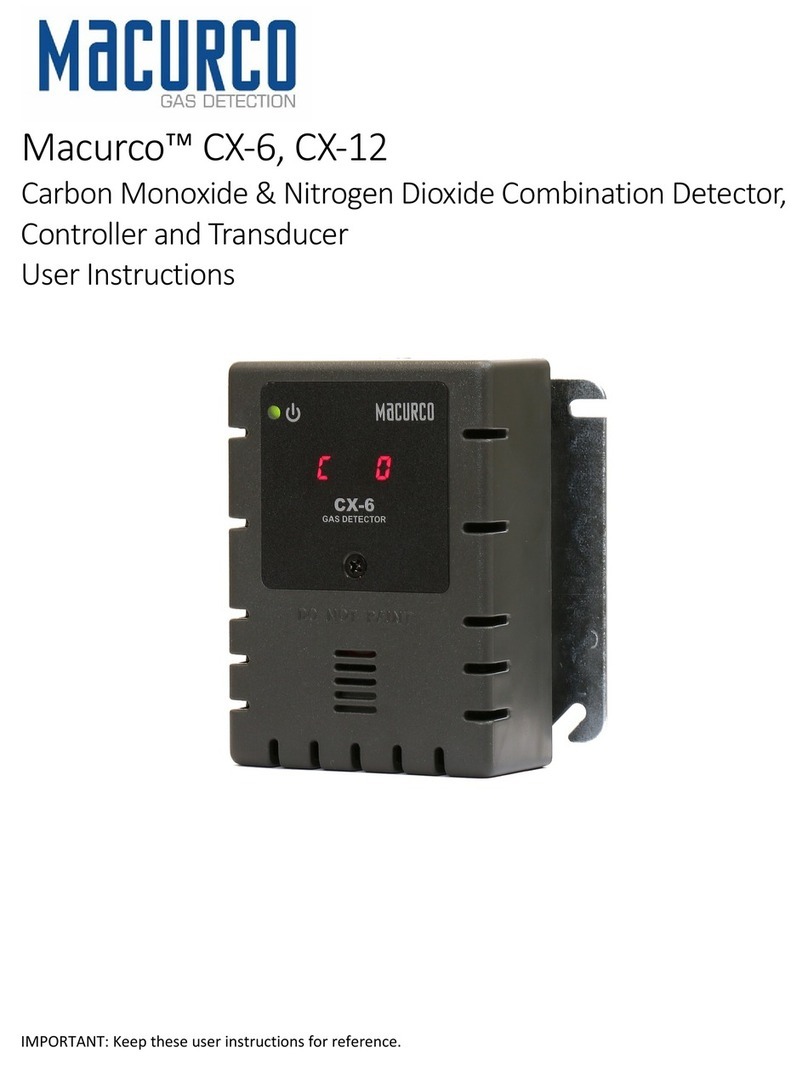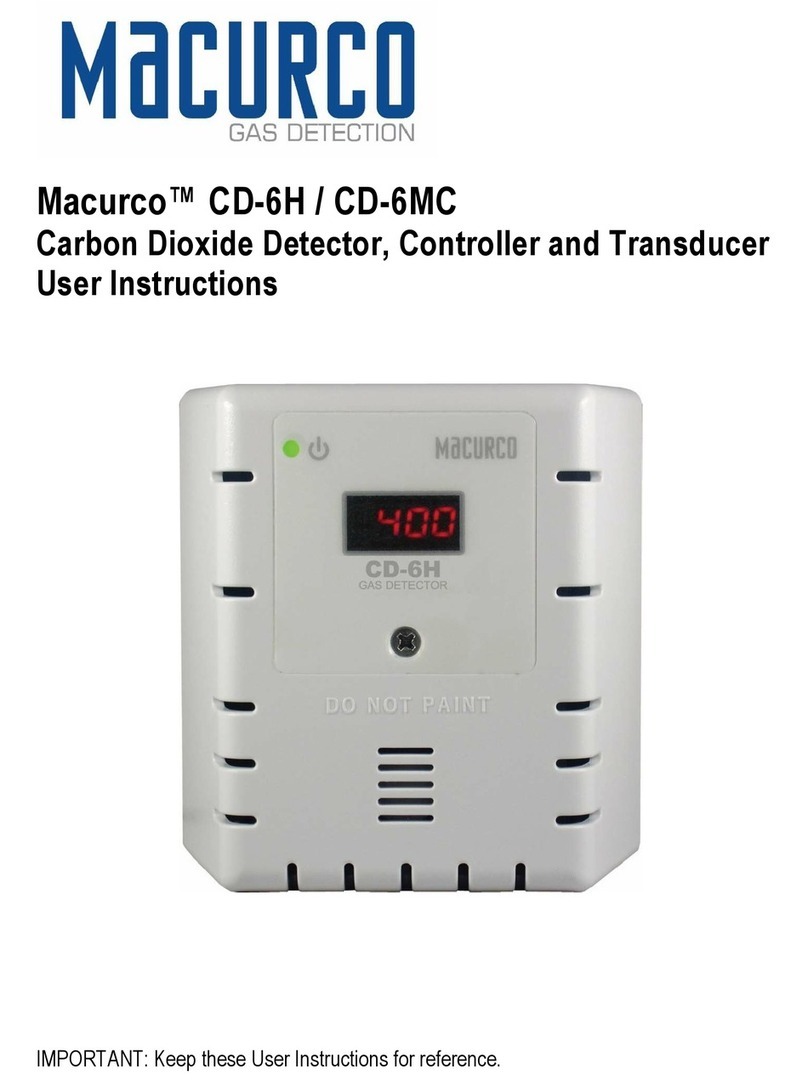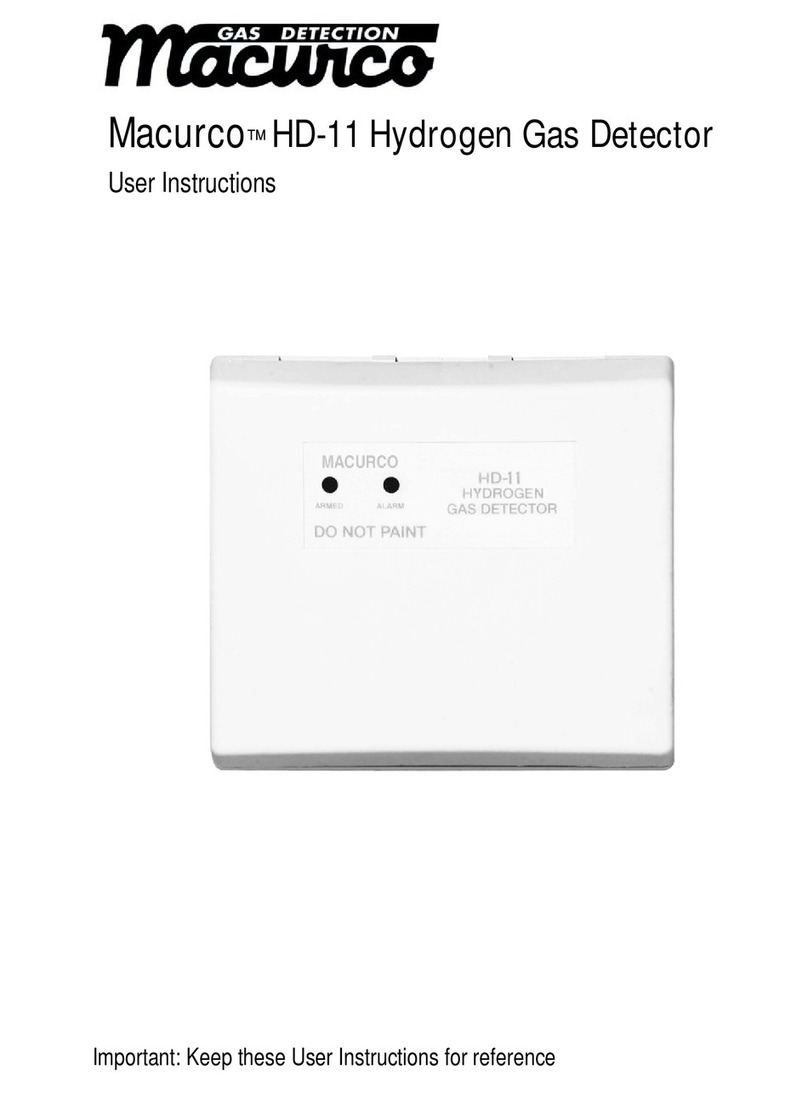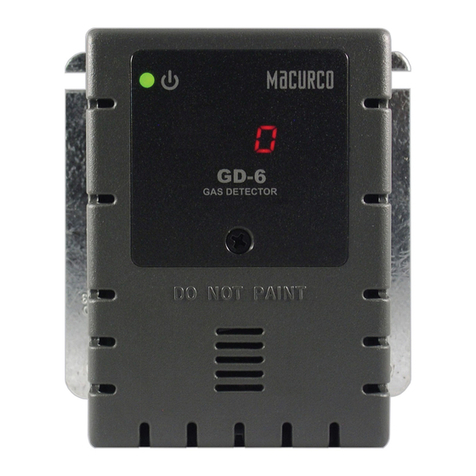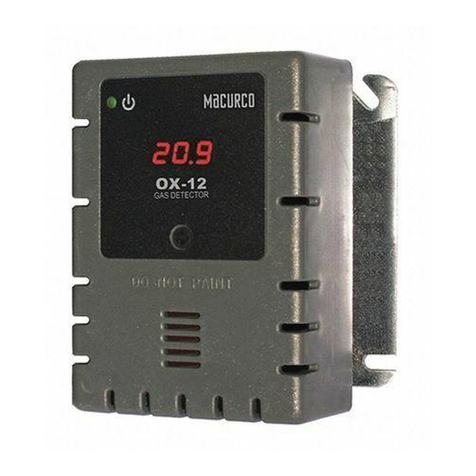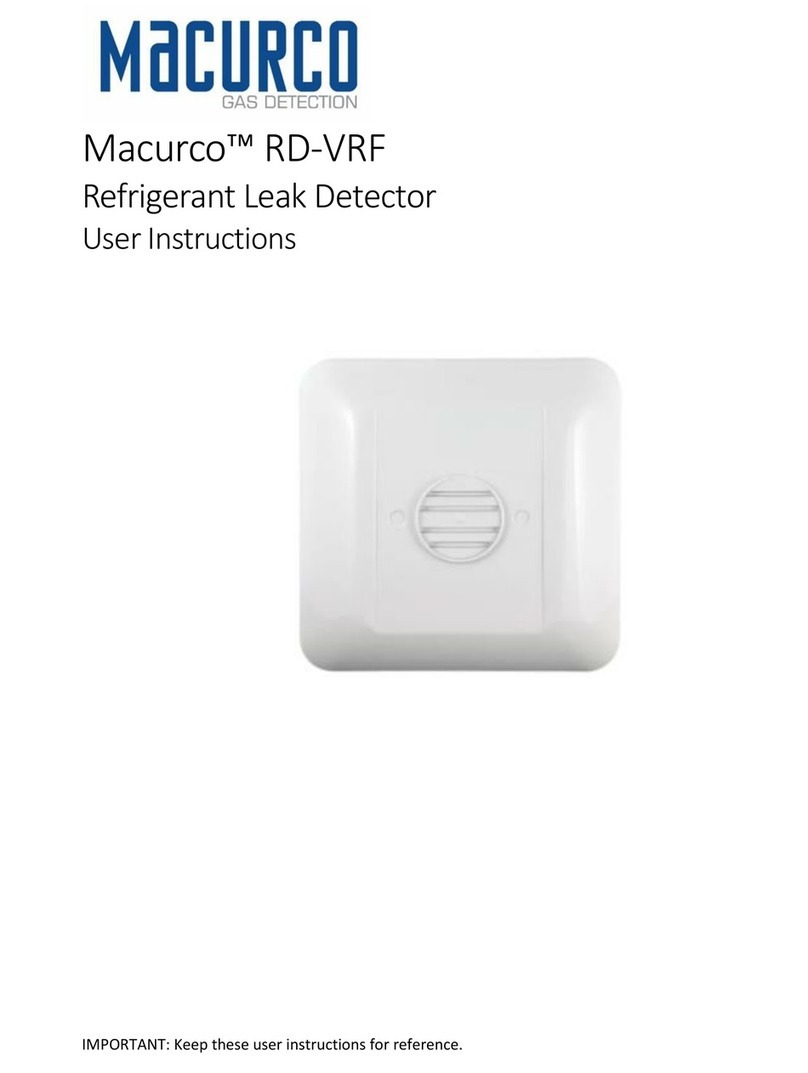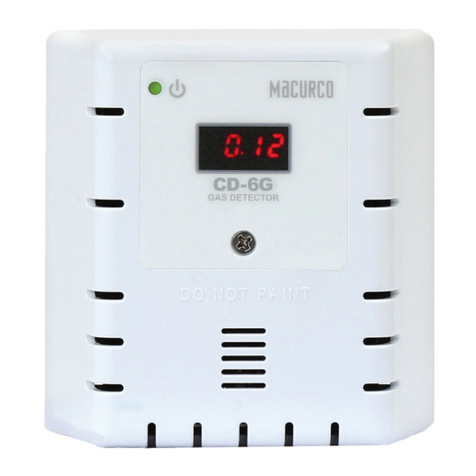
Macurco RD-xx User Manual
REV – 2.1 [34-2900-0511-7 ] 2 |Page
Table of Contents
1General Safety Information........................................................................................................................................................4
1.1 List of warnings .................................................................................................................................................................4
2Use Instructions and Limitations................................................................................................................................................5
2.1 Use For ..............................................................................................................................................................................5
2.2 Do NOT use for ..................................................................................................................................................................5
2.3 Features.............................................................................................................................................................................6
2.4 Specifications ....................................................................................................................................................................6
2.4.1 6-Series Low Voltage.....................................................................................................................................................6
2.4.2 12-Series Line Voltage...................................................................................................................................................6
3Installation and Operating Instructions .....................................................................................................................................7
3.1 Location.............................................................................................................................................................................7
3.2 Installation.........................................................................................................................................................................7
3.2.1 6-Series Low Voltage.....................................................................................................................................................7
3.2.2 12-Series Line Voltage.................................................................................................................................................12
3.3 Terminal Connection .......................................................................................................................................................16
3.3.1 6-Series Low Voltage...................................................................................................................................................16
3.3.2 12-Series Line Voltage.................................................................................................................................................16
4Operations ...............................................................................................................................................................................17
4.1 Power up .........................................................................................................................................................................17
4.2 Display .............................................................................................................................................................................17
4.3 4-20mA Loop ...................................................................................................................................................................18
4.4 Default – Factory Settings ...............................................................................................................................................18
4.4.1 Selecting Default Configuration – “dEF” .....................................................................................................................19
4.4.2 Power-Up Test Setting – “PUt” ...................................................................................................................................19
4.4.3 Buzzer Setting – “bUZ”................................................................................................................................................19
4.4.4 Alarm Relay Configuration – “Arc”..............................................................................................................................19
4.4.5 Fan Relay Delay Setting – “Frd” ..................................................................................................................................19
4.4.6 Fan Relay Minimum Runtime Setting – “Frr”..............................................................................................................19
4.4.7 Fan Relay Latching Setting – “FrL” ..............................................................................................................................19
4.4.8 Trouble Fan Setting – “tFS”.........................................................................................................................................20
4.4.9 4-20mA Output setting – “420” ..................................................................................................................................20
4.5.13 Calibration Period Settings – “CAL” ..............................................................................................................................20
5Troubleshooting.......................................................................................................................................................................21
5.1 On-Board Diagnostics......................................................................................................................................................21
5.1.1 4-20mA troubleshooting.............................................................................................................................................21
5.1.2 “t” Error Codes............................................................................................................................................................21
5.2 Sensor Poisons ................................................................................................................................................................22
5.3 End-of-Life Signal.............................................................................................................................................................22
6Maintenance ............................................................................................................................................................................22
6.1 Sensor Life Reset .............................................................................................................................................................22
6.2 Cleaning...........................................................................................................................................................................23
7Testing......................................................................................................................................................................................23
7.1 Operation Test.................................................................................................................................................................23
7.2 Manual Operation Test ...................................................................................................................................................24
7.3 Calibration and Test Kits..................................................................................................................................................24
7.4 Gas Testing ......................................................................................................................................................................25
7.4.1 Assembling the Regulator, Hose, and Test hood ........................................................................................................25
